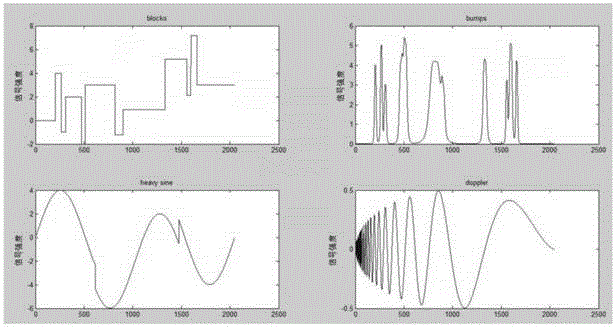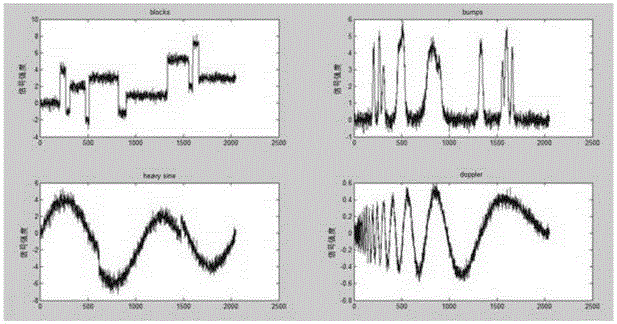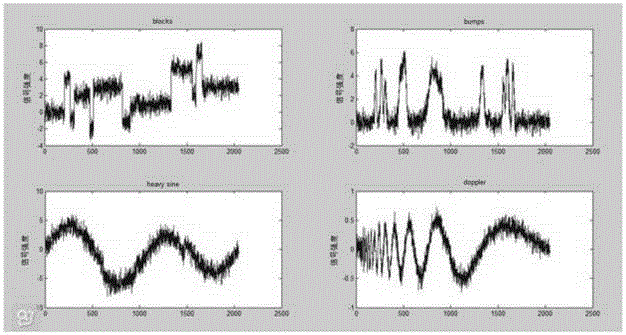Angular accelerometer signal adaptive denoising method based on wavelet analysis
An angular accelerometer and wavelet analysis technology, applied in the field of signal processing, can solve the problems of decreased signal reliability, low degree of self-adaptive denoising, incapable of Kalman filter algorithm signal processing, etc., to achieve the goal of smoothing noise and improving signal-to-noise ratio Effect
- Summary
- Abstract
- Description
- Claims
- Application Information
AI Technical Summary
Problems solved by technology
Method used
Image
Examples
Embodiment Construction
[0033] In order to make the technical means, creative features, goals and effects achieved by the present invention easy to understand, the present invention will be further described below in conjunction with specific embodiments.
[0034] refer to figure 1, this specific example adopts the following technical scheme: a kind of adaptive denoising method based on wavelet analysis, aiming at molecular liquid ring type angular accelerometer signal, its steps are: 1, carry out wavelet layered energy entropy calculation to angular accelerometer signal , to obtain the optimal number of layers M of wavelet decomposition, and perform M-layer discrete wavelet decomposition on the signal to obtain the wavelet coefficients on each decomposition scale; 2. Calculate the wavelet decomposition threshold threshold by coupling with the median filter algorithm, and use the threshold to threshold the wavelet coefficients Quantization processing; 3. Finally, use the processed wavelet coefficient...
PUM
 Login to View More
Login to View More Abstract
Description
Claims
Application Information
 Login to View More
Login to View More - R&D
- Intellectual Property
- Life Sciences
- Materials
- Tech Scout
- Unparalleled Data Quality
- Higher Quality Content
- 60% Fewer Hallucinations
Browse by: Latest US Patents, China's latest patents, Technical Efficacy Thesaurus, Application Domain, Technology Topic, Popular Technical Reports.
© 2025 PatSnap. All rights reserved.Legal|Privacy policy|Modern Slavery Act Transparency Statement|Sitemap|About US| Contact US: help@patsnap.com



